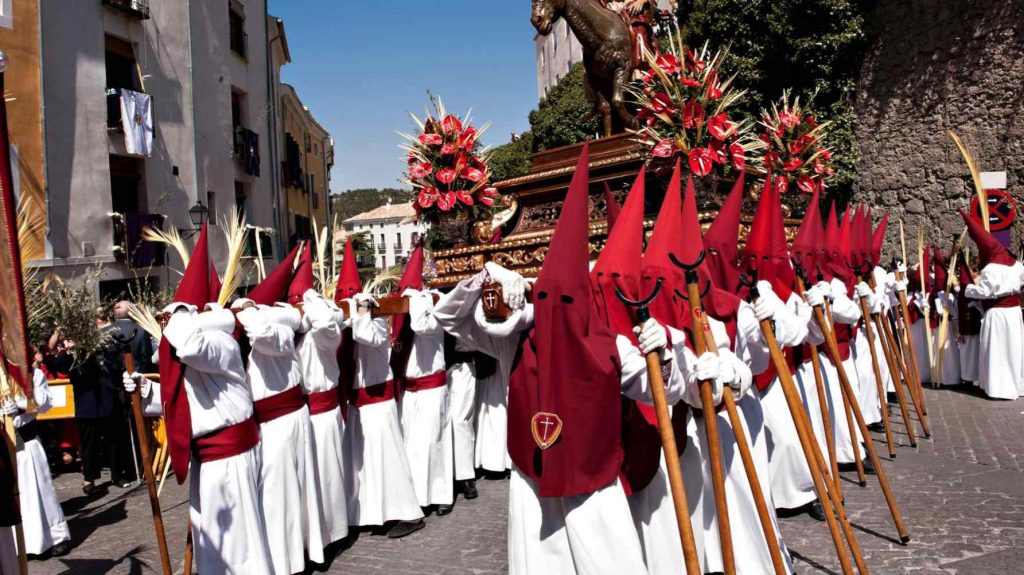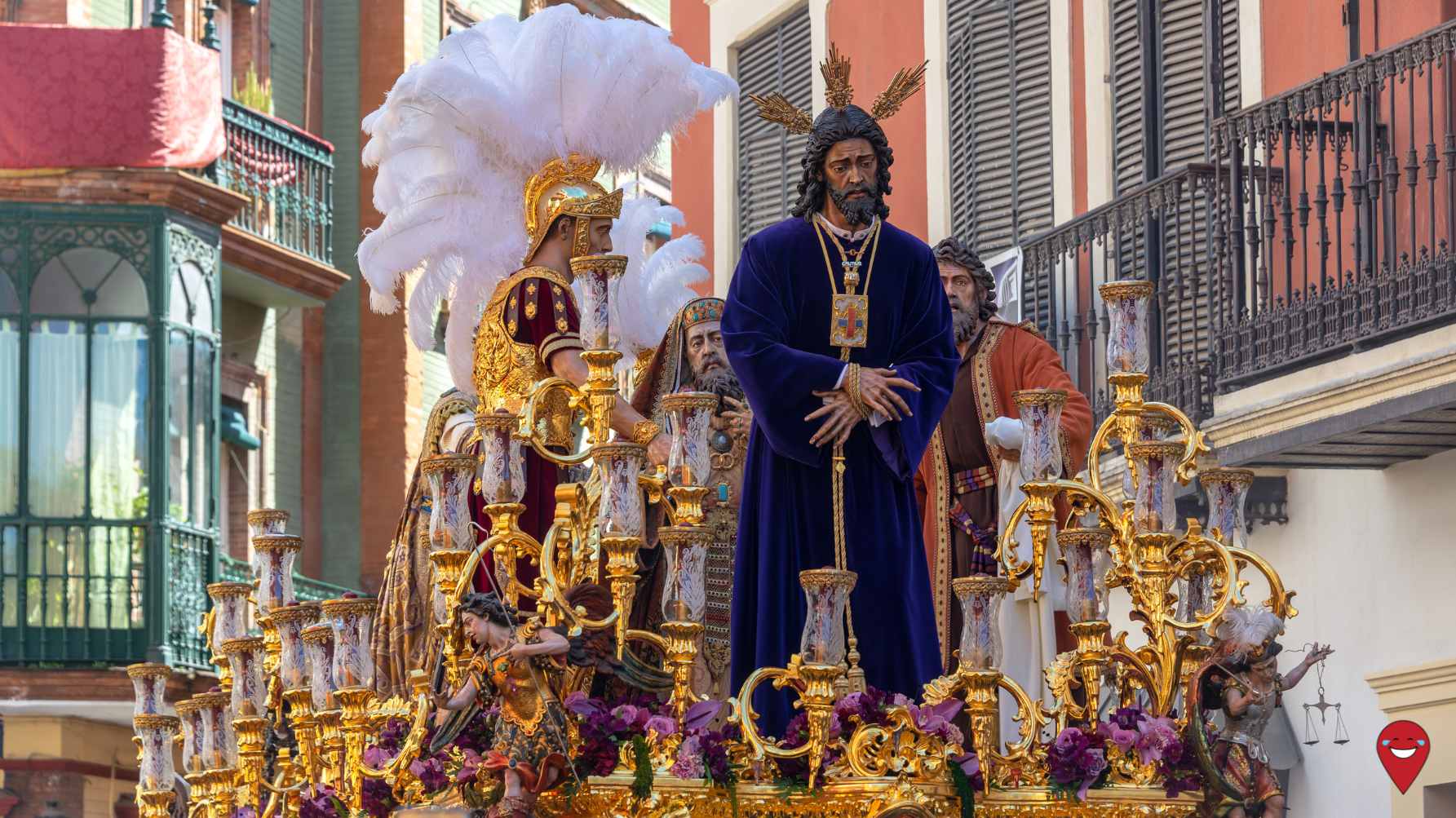The origin of Holy Week and when it is celebrated
The Easter It is celebrated in style in many places in Spain, it is a popular celebration that has its origins in the second century after Christ. It is a religious festival full of symbolism, beliefs and traditions that the most faithful live in their own skin. A few weeks after the arrival of this tradition, in History & Legends Comedy Tours we want to tell you What is the origin of Holy Week and its history.
It is a set of Christian traditions that commemorate the last week of the messiah on Earth. During this week there is everything: from triumphant moments full of joy, to moments where the protagonists are tragedy and farewell on the part of believers. Just like a Christmas dinner at the in-laws' house, right?
When is Holy Week celebrated?
Holy Week does not have a fixed date on the calendar, but is normally celebrated between March and April. He Palm Sunday marks the beginning of Holy Week, but it is not until the following Wednesday, known as Ash Wednesday, that the well-known holy days begin. The Holy days are in which the traditions of Holy Week are intensified and believers understand it as a moment of commemoration of the passion, burial and resurrection of Jesus of Nazareth.
Those considered Holy Days range from Maundy Thursday to Easter Sunday, which is also known as the Easter Sunday. During these days it is common to see brotherhoods with thousands of faithful behind them walking the streets of the cities, Andalusia being one of the communities highlighted in this tradition. But it's not all brotherhoods and crying, there is also time to celebrate with a good wine.
What is the origin of Holy Week?
There are several versions about the origins of Holy Week, some comment that the Bible texts already talked about this tradition. However, it is generally believed that the The beginning of this tradition dates back to the 2nd century after Christ. and at first it coincided with Jewish Easter. If we look at the traditions of Jewish Passover and those of Holy Week, we can find great similarities for this same reason.
The Jews who followed the Christian religion were the first to celebrate Holy Week (with reconnection to the liberation of the Jewish people from Egypt) and later, this adopted new connotations with the expansion of religion in other cultures and regions of Europe, Africa and the Middle East. With this expansion, Holy Week also evolved and adapted its traditions until it was understood as Christians celebrate it today. It was also connected to pagan traditions such as celebrating the end of winter and welcoming spring. Then the Valencians came with fire and firecrackers and created the failures, But that is another story.
How Holy Week is celebrated in Spain
In Spain, Holy Week has become a annual tradition that is not only celebrated by the most faithful. Followers and visitors gather on the streets of many cities to watch and take part in the events organized for Holy Week. There are brotherhoods that prepare throughout the year to prepare and develop the events that will take place that week. One of the traditions most anticipated by followers is the brotherhoods, who have tens of thousands of followers who follow their path through the streets during the holy days.
The creation and procession of brotherhoods stands out in the Andalusian area. Seville is the city with the largest number of brotherhoods for Holy Week and believers from all over the world come to the city to enjoy this tradition with brotherhoods as important as El Gran Poder or La Macarena. However, it is not the only area where these days are lived to the fullest, the Holy Week in Valladolid and Malaga are also more than known by followers.
The attire of the Nazarenes and the Manolas, two symbols of tradition

Another element that spread throughout Spain is the Nazarenes outfit and its well-known “capirote”. This outfit became a symbol of people who had to perform penance for their religious crimes. This penance was symbolized with a cloth that covered their chest and back, along with the mythical cone. many believers They understand it today as a symbol of return.
Last, but not least, if we talk about Easter traditions, we cannot fail to mention the Manolas, known for being women with a complete return to the Holy Week processions. They wore a garment called “mantilla” that has a religious origin, but was popularized in Spain in the 19th century.
The Manolas accompanied the procession, with a dark mantilla that symbolized pain and mourning for the death of Christ. They mourned his death during the holy days, until Jesus' Resurrection Sunday, when the mantilla became light in color, ending the mourning of the previous days. Notice to believers: On those dates there is a lot of traffic, both on the highway and in the streets of the cities, and Easter Sunday has not yet been proven!
Did you know the origin of this famous tradition in Spain and its symbols? Without a doubt, these days are lived with intensity in many cities of the country and believers prepare for months to be able to carry out the traditions, not only as a religious act and devotion to Christ, but as a cultural element of their city. .






